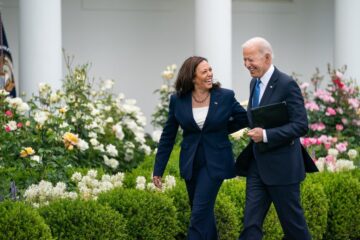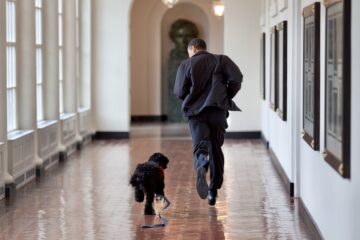Welcome back to Week 20 in my weekly reports analyzing the Covid-19 pandemic and its effects on the country and higher education. For those of you reading this on my blog, Off the Silk Road, I have also launched a newsletter, where these reports can be sent directly to your email each week. Click here to subscribe.
Last week, we discussed failures from some universities in controlling outbreaks and showed why this was all expected. This week, we’ll be taking a briefer form to discuss considerations for colleges reopening and summarize the latest scientific studies.
A national look
Cases have continued to average around 40,000-50,000 new cases and around 1,000 deaths per day. The U.S. has had six consecutive weeks with every weekday having more than 1,000 American lives lost. Until daily deaths go down, fighting the pandemic must be an extremely urgent priority.
Before we go into the science, we must discuss two puzzling decisions where politics has interfered in public health. Just before the Republican National Convention, the president held a press conference where he issued an Emergency Use Authorization for convalescent plasma (or as the president says, “plohsma”). Doctors have criticized this decision as it was made without a full body of data from randomized clinical trials. Dr. Celine Gounder at NYU called this move “Operation Slowdown,” not “Operation Warp Speed.” FDA Commissioner Dr. Stephen Hahn falsely claimed a 35% reduction in mortality for those on the treatment; this was a misleading claim. He has since clarified his remarks, though some have called for a more comprehensive correction.
Additionally, the CDC changed its testing guidance to not recommend testing of asymptomatic contacts of confirmed cases. The final version of this policy was completed when Dr. Anthony Fauci was undergoing surgery and the CDC has admitted it was pressured “from the top down.” It is clear that since President Trump believes that testing leads to more cases, this decision was made without any scientific reasoning. Some states have chosen to go against this guidance. I would consider this policy change a war crime from a so-called “wartime president.”
Let’s take a look at some of the latest scientific developments:
- The first documented case of coronavirus reinfection was reported in Hong Kong. The patient did mount an immune response to the new infection, however, and did not experience symptoms. This means some immunity is retained from the first infection and the individual mounted a more robust immune response to the second infection. This should be not a major cause for alarm. Cases were subsequently confirmed in Belgium and the Netherlands.
- A new study found that with moderate to high levels of timely index case detection, successful outreach to contacts, and adherence to quarantine and isolation, contact tracing programs could reduce transmission by 20 to 40% or more.
- A preprint sequencing 772 viral genomes in Massachusetts found that many can be traced back to a Biogen conference in Boston in late February. Researchers at the Broad Institute believe that this could have contributed to ~20,000 cases.
- A 19 nation survey found that only 72% would take a vaccine even if it were proven to be safe and effective. Respondents who trusted their government were more likely to accept a vaccine.
- A CDC study from 4 summer camps in Maine has implications for college campuses and shows that a multilayered approach of non-pharmaceutical interventions (masks, quarantine and testing) works. No secondary transmission was detected beyond the first round of 3 confirmed cases.
- A Yale School of Public Health review found that saliva is just as sensitive, and sometimes more sensitive, than nasopharyngeal swabs.
- Some of the nation’s top public health experts have said that standard PCR tests are diagnosing large numbers of people who carry small amounts of virus but may not be as infectious as others. This underscores the need for rapid testing to detect infectiousness, rather than testing for definitive diagnosis. Harvard epidemiologist Dr. Michael Mina makes this distinction in a Washington Post article. On the new rapid tests such as Abbott’s new antigen test, Dr. Mina says, “They’re going to tell you if on a given day when you wake up and use this test inside of your house, you are at risk of transmitting the virus to other people.”
- A study in the British Medical Journal shows that instead of single, fixed physical distance rules of 3 or 6 feet, researchers proposed graded recommendations which better reflect the multiple factors that combine to determine risk.

As we move on to our discussion of higher education, new predictions from the Institute for Health Metrics and Evaluation at the University of Washington show 317,312 deaths predicted by December 1. Previously on August 21, the model predicted 309,918 deaths. This underscores that the pandemic is far from over.
Finally, I’d like to caution against misinformation and disinformation, as articulate in an op-ed from Dr. Seema Yasmin and Dr. Craig Spencer. “Patients question our evidence-based medical guidance, refuse safe treatments and vaccines, and cite Facebook posts as “proof” that Covid-19 is not real,” they write.
Higher education
As The New York Times has tracked over 26,000 cases at more than 750 colleges since the start of the pandemic, the numbers will only increase in the weeks to come.
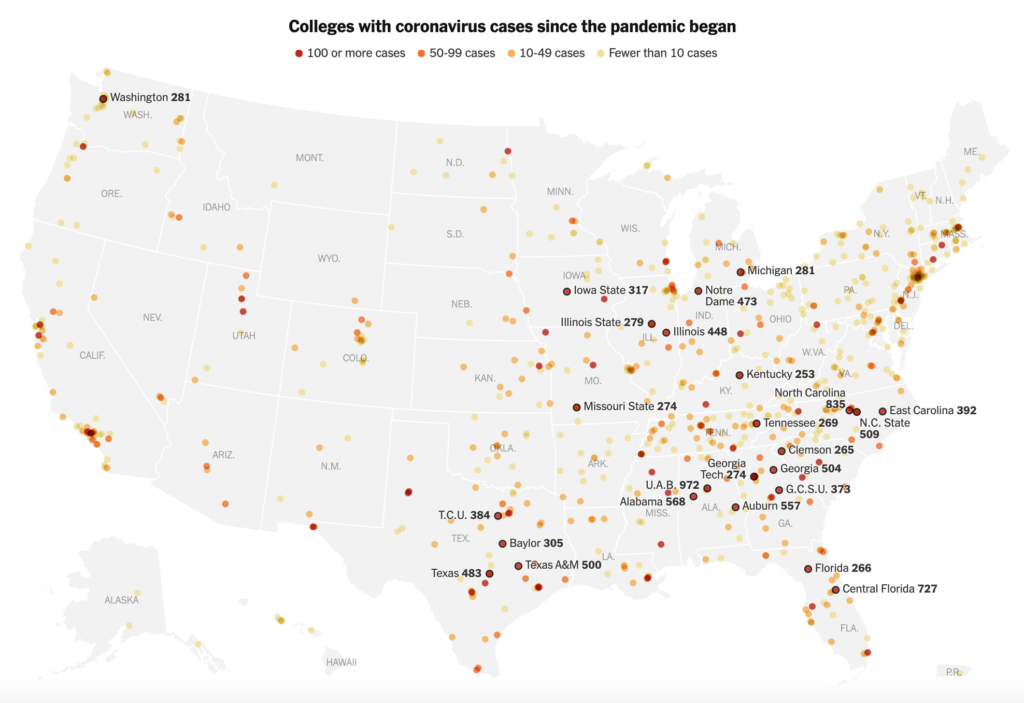
Some colleges have finally started to realize that testing is vital to containing outbreaks. “You need a strong surveillance program so that you understand what is happening on your campus that is asymptomatic,” the chancellor of North Carolina State University said, after having to switch to remote classes with over 900 students in quarantine. The concept of a threshold is also now equally important — what it will take for a university to switch to remote instruction. In the first action from a state government on institutions of higher learning, New York Governor Andrew Cuomo said that if a college experiences 100 Covid-19 cases or an outbreak equal to 5% of its population (whichever is less)—that college must go to remote learning for 2 weeks while the situation is evaluated. We will continue to track thresholds in the weeks to come.
Each week, we take a moment to acknowledge the wackier elements of colleges’ reopening plans, also known as the College RidicuList.
- “Having a test doesn’t prevent you from getting Covid.” This is a new level of stupidity from the University of Michigan’s director of health services, who argues that large-scale testing is not effective. This was only one of many odd comments from the university on testing this week.
- “They kept saying that the rapid testing was going to make Western different, safer,” said an RA at Western Michigan University. “But only the first asymptomatic test is free.”
- Arizona State University published their positivity rate (the number of positive tests divided by the total number of tests) as the number of tests divided by the number of students. This is dangerously misleading.
- Influencer twins Brooklyn and Bailey tested positive for Covid-19 while at Baylor University, though they cannot criticize the institution since they have a brand partnership with the school.
- The University of South Carolina has 553 active student cases and 4 employee cases. The alert level, previously called “new normal,” is now changed to “low.” I shudder to think what high would be.
- On Friday, the president of Notre Dame announced a “great comeback” as the university resumes instruction this Wednesday. The WHO has recommended that governments should not begin reopening until test positivity rates are ≤5% for at least 14 days. Notre Dame is not there yet. On August 27, the last day for which we have available data, Notre Dame’s positivity rate was 12%.
Here are some samples from op-eds and editorials in student newspapers this week, which are always useful for capturing perspectives from students, faculty, staff and local community members.
- “Colleges are forcing students to decide to return with minimal information. Such a dynamic doesn’t create a real choice for students; it makes them an offer they can’t refuse,” Cornell student Andrew Lorenzen said in The Chronicle of Higher Education.
- “Listening to the University of Michigan’s President Mark Schlissel for the last five months, I am shocked by the degree to which a Trump-like disregard for truth has overpowered our institution,” an anonymous staff member at the University of Michigan writes.
- “Our school is refusing to protect us. Students are here, cases are rising, and the University of Iowa’s preparations are not enough,” the editors at the University of Iowa’s student newspaper write.
- “I feel betrayed,” one student at UNC writes in The Washington Post. “The university has hurt, almost unforgivably, two populations it should be serving first foremost: the students and the residents of the town of Chapel Hill.”
- “As of Tuesday, more than 470 of my classmates have tested positive for Covid-19. I am one of them…Now, Notre Dame is facing hard questions about its testing protocols,” one Notre Dame student writes.
- “But as students, we have to remember that the biggest thing stopping us from finishing our semester on campus may very well be ourselves,” the editors at the Berkeley Beacon at Emerson College write.
- “It’s easy to scapegoat the pressure to return to campus as FOMO, but the college experience is not…purely academic: It’s marketed as a four-year crash course in identity formation, lifelong memories…& laying the foundations of your life,” journalist Rainesford Stauffer writes in Teen Vogue.
- “Idealizing an in-person, on-campus experience that cannot safely be realized is not productive for anyone’s health, mental or physical, during the pandemic,” Notre Dame faculty write.
I am actively monitoring rapid influxes in cases at over 25 colleges and will shortly be presenting a map with various alert levels. In the meantime, here are some issues I continue to consider in the weeks ahead.
- Faculty morale is low. “We are being told to cut our students breaks, and to be flexible, but our annual reports are still due at the same time and the standards for evaluation and tenure and promotion have not changed. It is clear that we are not really in the family,” one faculty member said in writer Anne Helen Petersen’s newsletter.
- Mental health issues this fall. “Colleges have fixated on sanitation and virtual classes, but many have largely glossed over what a return means for their students’ mental health, even when they aren’t sick,” Brown student Will Kubzansky writes in Teen Vogue.
- Strained town-gown relationships. Outbreaks on campus are likely to spread to the surrounding communities, jeopardizing the existing harmony between the two.
- College communications and their overall response, as my colleague Sabine Poux writes in Teen Vogue.
- Testing strategies. The University of Illinois has conducted an aggressive testing operation with saliva tests. If new tests are readily available mid-semester, colleges may shift their protocols.
- Gender differences in adherence to protocols. Research has shown that men are less likely to wear face masks. From my preliminary observations on college campuses, this is true for adherence to social distancing and large gatherings too.
- Contact tracing. Is there a set definition of who would be contact traced on a college campus? Roommates — yes. Classmates appropriately distanced and masked? Less clear.
- Greek Life. A survey at the Michigan Daily showed that those involved in Greek life were considerably more comfortable with attending house parties than the campus’ general population.
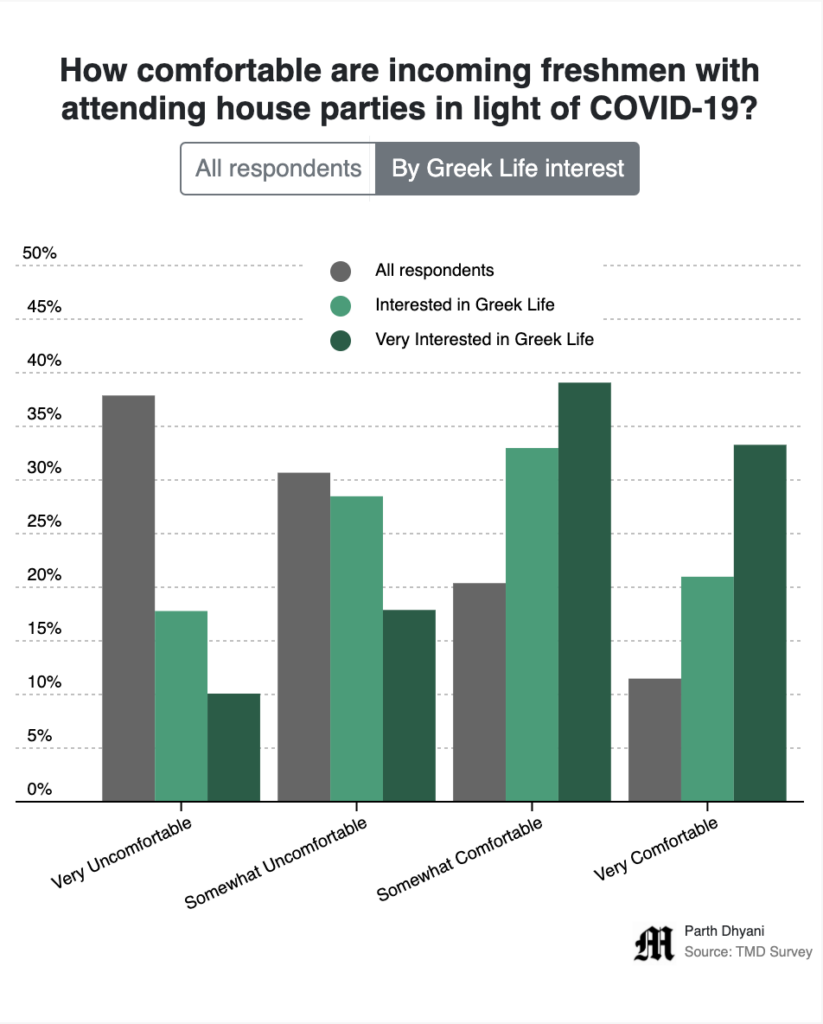
- One of the unintended consequences of a live-in semester with mostly remote classes is for students who live with roommates. How are they expected to both take online courses in their rooms at the same time without a Zoom-able library?
We will continue to monitor the data in the coming weeks. It is clear that colleges must do everything they can to prevent the virus from entering the campus in the first place, and then enacting strict nonpharmaceutical interventions to stop the spread.
The Good Stuff
Let’s roll the clips of the good stuff. In my usual tradition, I feature my favorite stories from the week. Here are my Top 4.
- UNC student journalists share what it’s like to cover their campus’ reopening and subsequent evacuation.
- The Washington Post dives into how National Zoo keepers orchestrated an ‘unthinkable’ panda pregnancy amid a pandemic.
- The student newspapers at Bates College, George Washington University and Syracuse University produced excellent orientation issues that varied differently but all provided necessary information to first-years.
- A must-watch video of Covid-19 reopening phases explained by Monty Python.
- Master fact checker Daniel Dale fact-checks some of President Trump’s outlandish claims at the RNC.
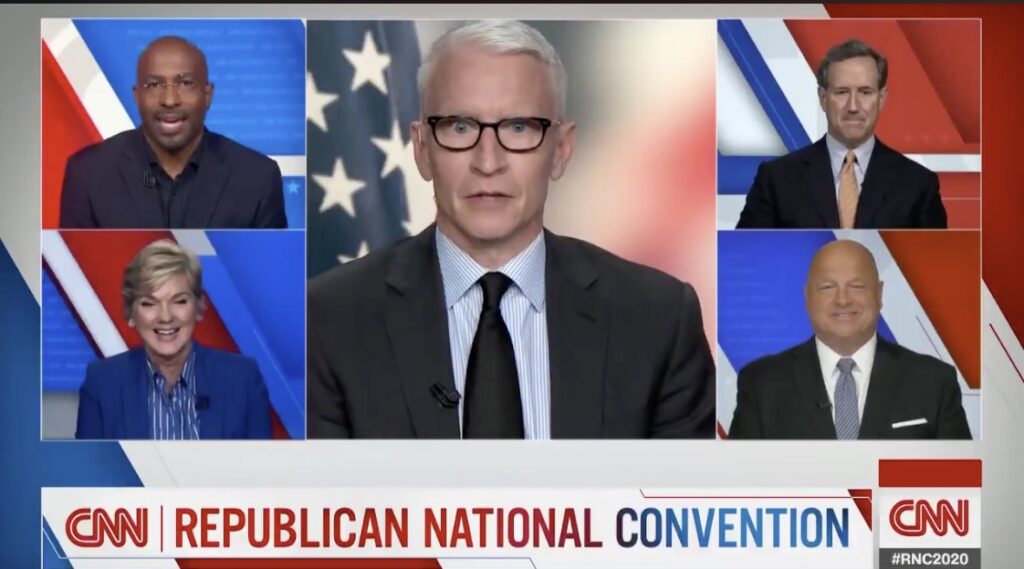
Conclusion
The pandemic remains stagnant and we must utilize all available resources to continue to suppress transmission. The president holding a giant crowd at the White House for the final night of the RNC will potentially cause a massive superspreader event and is a danger to the health of our nation. Going into the fall, this will be an uphill battle. Some colleges will continue to fail at viral control and experience rapid outbreaks. This is bound to happen due to national levels of transmission. In order to prevent spread, testing and positive behavior education must be at the forefront of all college reopening plans.
I’d like to thank all the student journalists with whom I have the pleasure of working. In the next weeks and months ahead, they will become vital in chronicling their colleges’ paths forward for the fall and beyond. Support their work by reading it.
My best to all for good health.
Like what you see? Don’t like what you see? Want to see more of something? Want to see less of something? Let me know in the comments. And don’t forget to subscribe to the weekly newsletter!
For more instant updates, follow me on Twitter @bhrenton.

